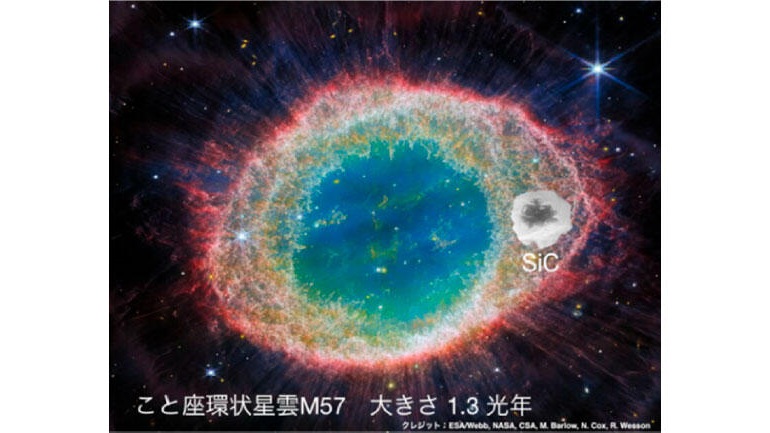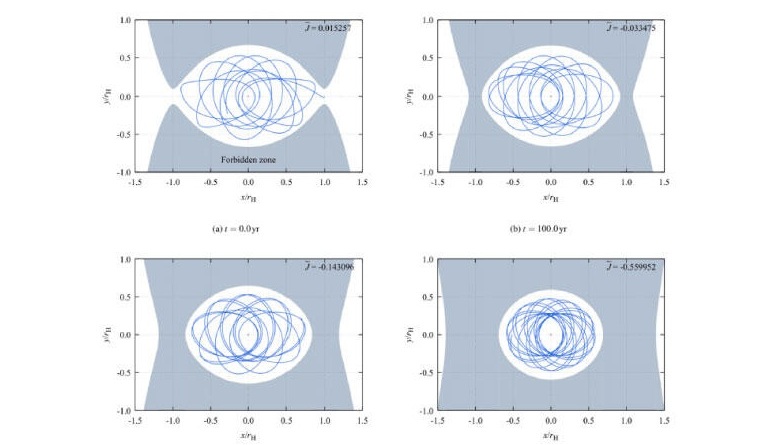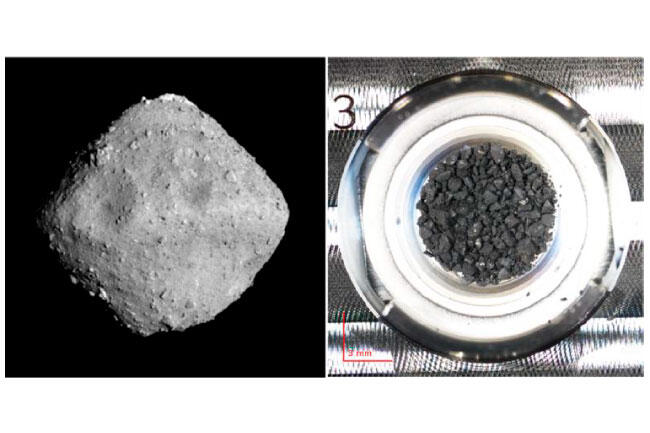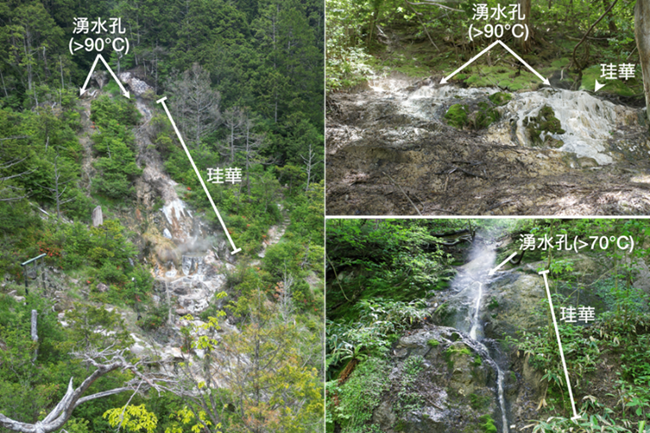A new amber Lagerstätte from the Lower Cretaceous of Japan
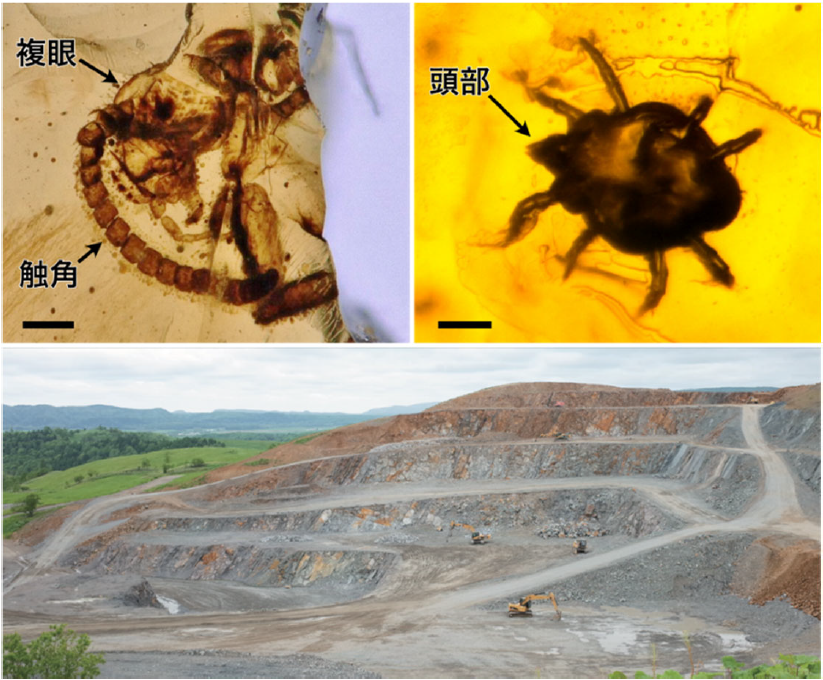
Joint press release (in Japanese) by Hokkaido University and Nakagawa Ecomuseum Center
Abstract
During the Early Cretaceous, terrestrial ecosystems underwent a critical transition driven by the emergence and diversification of angiosperms. Amber-rich deposits from this period are crucial for understanding the diversity, interactions, and evolution of terrestrial biota. However, their occurrences are limited both geographically and stratigraphically. Here, we report a new amber Lagerstätte from the upper Aptian (116–114 Ma) in northern Hokkaido, Japan. The abundant amber occurs within deep-sea deposits and is rich in bio-inclusions: arthropods (hymenopterans, mites), fungi, and plant remains (tracheids, stellate hairs, pollen grains), with submicron-scale morphological details. This is the first report of fossiliferous amber-rich deposits from the Aptian in Asia. It is also recognize….
Read the original article on Cretaceous Research
Article Information
Ryo Taniguchi, Yoshinori Hikida, Yasuhiro Iba, A new amber Lagerstätte from the Lower Cretaceous of Japan, Aya Kubota, Cretaceous Research, 2025
DOI:10.1016/j.cretres.2025.106236



